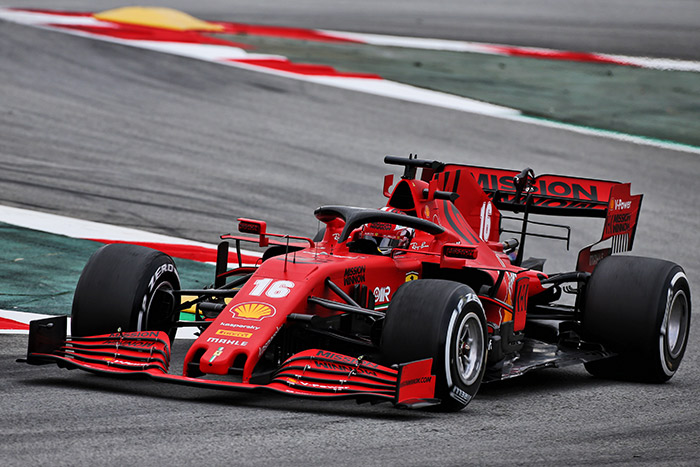SiLo wrote: ↑03 Apr 2020, 09:05
So they do the same thing? As in, the driver moves the steering wheel forwards or backwards and it changes toe? Or is the Ferrari system doing something different? I apologise for my ignorance.
No. They do the same underlying thing. DAS is functionality on top of this underlying functionality.
I think they both do this underlying thing.
As the steering wheel rotates the angle through which each wheel rotates depends on two things.
First, the outboard static steering geometry, so called Ackerman, which is on all the cars. Normally the inboard steering joint on the racks moves equal amounts as the steering wheel turns and so the the turning angles of the inside and outside wheels only vary by the amount caused by the Ackerman geometry.
Second With the fancy rack systems there is a variable amount of road wheel movement that comes from a mechanism in the rack assembly which moves the inboard steering connection a variable amount in addition to the normal movement of the rack. This allows better control over the individual movement of the wheels than Ackerman on its own.
The DAS system provides an additional control over this basic mechanism which can turn the two wheels in opposite directions to adjust toe.
Warning. This is my personal interpretation of what is happening base on what I’ve read from Scarbs, Paola, and others. There may be other explanations.
Fortune favours the prepared; she has no favourites and takes no sides.
Truth is confirmed by inspection and delay; falsehood by haste and uncertainty : Tacitus




